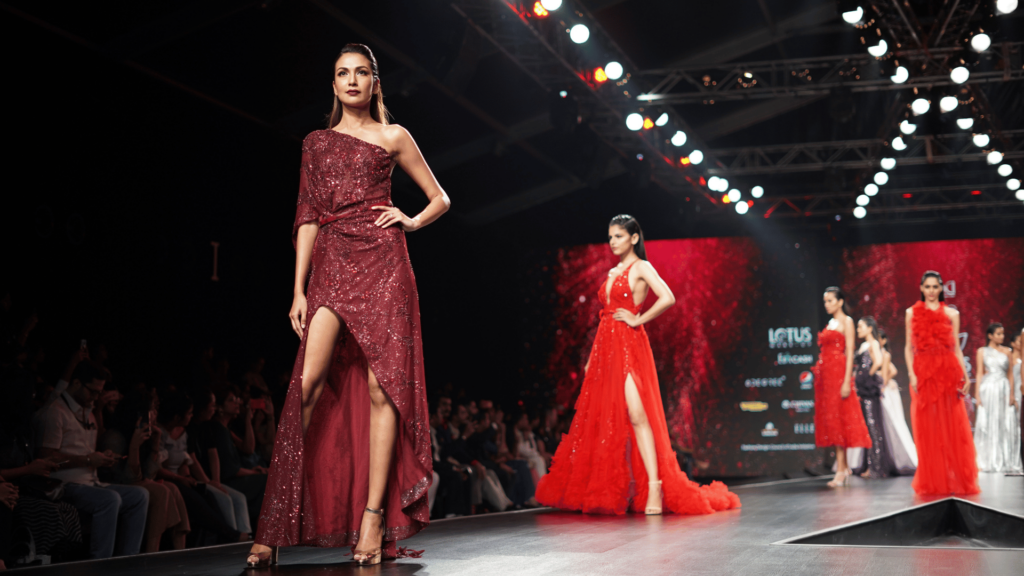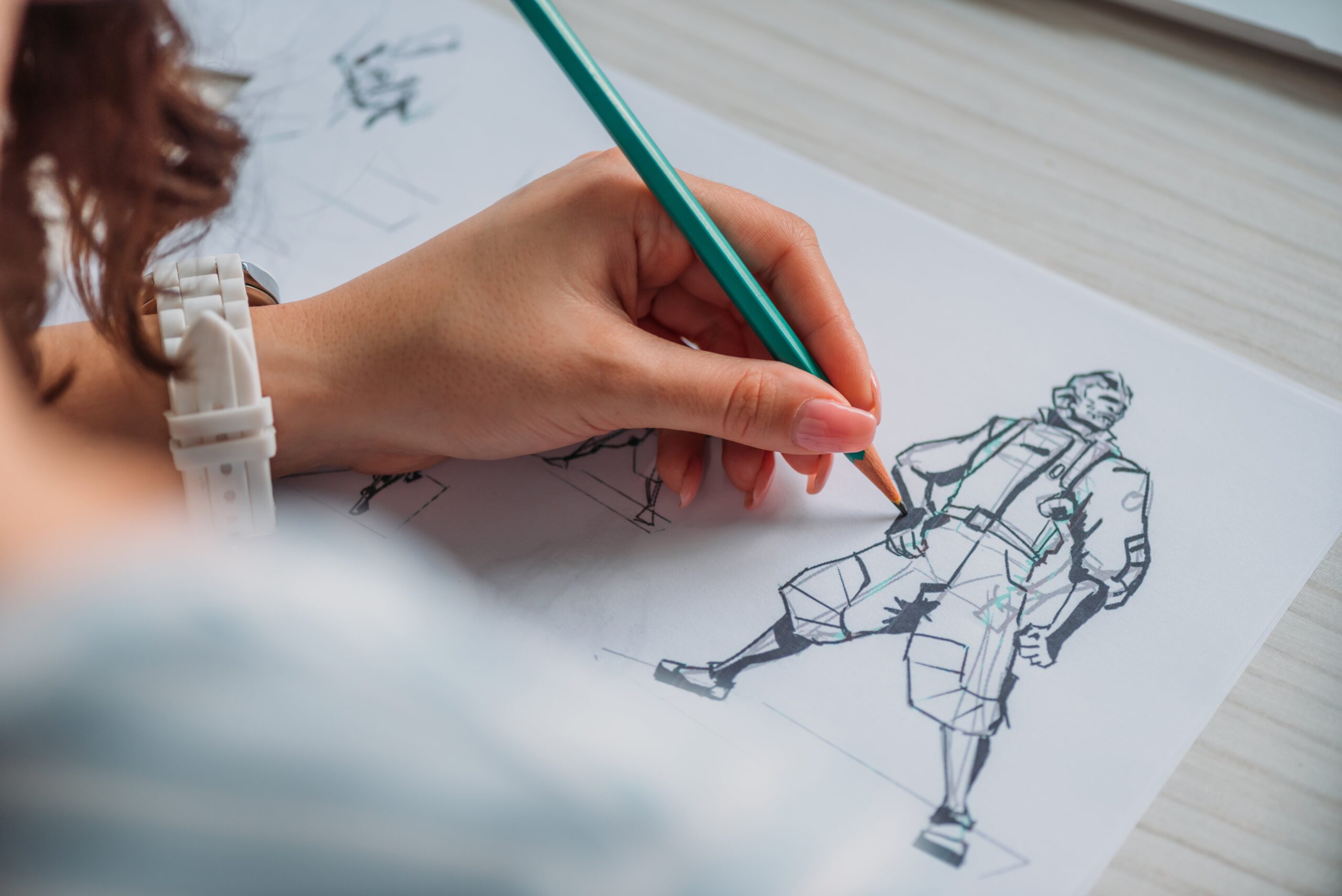Fashion shows are not just glamorous events that showcase the latest trends in the industry; they are also a crucial platform for designers to present their creative vision to a wider audience. Behind the scenes, there is a team of professionals working tirelessly to ensure that the fashion show runs smoothly and flawlessly. One of the key roles in this process is that of a fashion show stylist, who is responsible for curating the looks and creating a cohesive visual narrative. If you are passionate about fashion and have an eye for styling, here is a step-by-step guide on how to pull and style a fashion show.
1. Understand the Vision
Before you dive into the world of fashion show styling, it is essential to understand the designer’s vision and the overall theme of the show. Meet with the designer or creative director to discuss their inspiration, concept, and desired aesthetic. This will help you align your styling choices with their vision and ensure a cohesive presentation.
2. Research and Conceptualize
Once you have a clear understanding of the designer’s vision, it’s time to conduct thorough research. Look for inspiration in fashion magazines, online platforms, and even art and culture. Create mood boards or digital collages to visualize the overall look and feel of the show. This will serve as a reference point throughout the styling process.
3. Create a Storyboard
A storyboard is a visual representation of the fashion show, showcasing each look and its placement on the runway. Use a large board or a digital platform to sketch out the runway layout and add images or descriptions of each outfit. This will help you visualize the flow of the show and ensure a smooth transition between looks.
4. Develop a Budget
Fashion shows can be expensive, so it is important to establish a budget early on. Determine how much you can allocate for wardrobe, accessories, hair, makeup, and other styling elements. Keep in mind that you may need to collaborate with designers, showrooms, or brands to secure garments and accessories for the show. Building relationships with these industry professionals is crucial for a successful fashion show.
5. Curate the Looks
Now comes the exciting part – curating the looks for the fashion show. Start by pulling garments and accessories that align with the designer’s vision and the storyboard you created. Visit showrooms, boutiques, and even thrift stores to source unique pieces that will bring the collection to life. Experiment with different combinations, and don’t be afraid to take risks and push boundaries.
6. Collaborate with Hair and Makeup Artists
The styling of a fashion show goes beyond just clothing. Collaborate with hair and makeup artists to create looks that enhance the overall aesthetic of the collection. Share your vision and reference images with them to ensure that hair and makeup complement the garments and add to the narrative. Conduct trials and rehearsals to perfect the looks before the show.
7. Finalize the Runway Lineup
Once you have curated the looks and collaborated with hair and makeup artists, it’s time to finalize the runway lineup. This involves deciding the order in which the outfits will appear on the runway. Consider factors like color palette, silhouette, and overall impact to create a visually appealing progression. Pay attention to the flow of the show and make adjustments if needed.
8. Dress Rehearsal and Show Day
The day of the fashion show is fast approaching, and it’s crucial to be prepared. Conduct a dress rehearsal with the models, ensuring that each look is styled to perfection. Make any necessary adjustments to the garments, accessories, hair, or makeup. On the day of the show, arrive early to set up the backstage area, organize the looks, and communicate with the team to ensure a smooth and successful event.
Conclusion
By following these steps, you will be well on your way to pulling and styling a fashion show like a pro. Remember, fashion show styling requires creativity, attention to detail, and excellent organizational skills. With practice and experience, you can develop your unique style and make a mark in the fashion industry.
In the fast-paced world of fashion, staying updated with the latest trends and techniques is essential. Consider enrolling in a fashion styling course to further enhance your skills and knowledge. Online platforms like Yellowbrick offer comprehensive courses, such as FIT Fashion Styling Foundations, which provide valuable insights into the industry and practical guidance on fashion show styling.
Now that you have a solid understanding of how to pull and style a fashion show, it’s time to put your skills to the test. Embrace the challenge, unleash your creativity, and make a lasting impression with your impeccable styling choices.
Key Takeaways:
- Understand the designer’s vision and theme of the show to align your styling choices accordingly.
- Conduct thorough research and create mood boards to visualize the overall look and feel of the show.
- Create a storyboard to map out the runway layout and ensure a smooth transition between looks.
- Establish a budget and collaborate with designers, showrooms, and brands to secure garments and accessories.
- Curate looks by pulling pieces that align with the designer’s vision, and experimenting with different combinations.
- Collaborate with hair and makeup artists to create cohesive looks that enhance the collection.
- Finalize the runway lineup by considering factors like color palette, silhouette, and visual impact.
- Conduct dress rehearsals and be prepared on show day to ensure a smooth and successful event.
To further enhance your skills and knowledge, consider enrolling in the FIT Fashion Styling Foundations course offered by Yellowbrick. This comprehensive online course provides valuable insights into the industry and practical guidance on fashion show styling. With dedication and practice, you can develop your unique style and make a mark in the fashion industry. Get ready to embrace the challenge, unleash your creativity, and leave a lasting impression with your impeccable styling choices.








